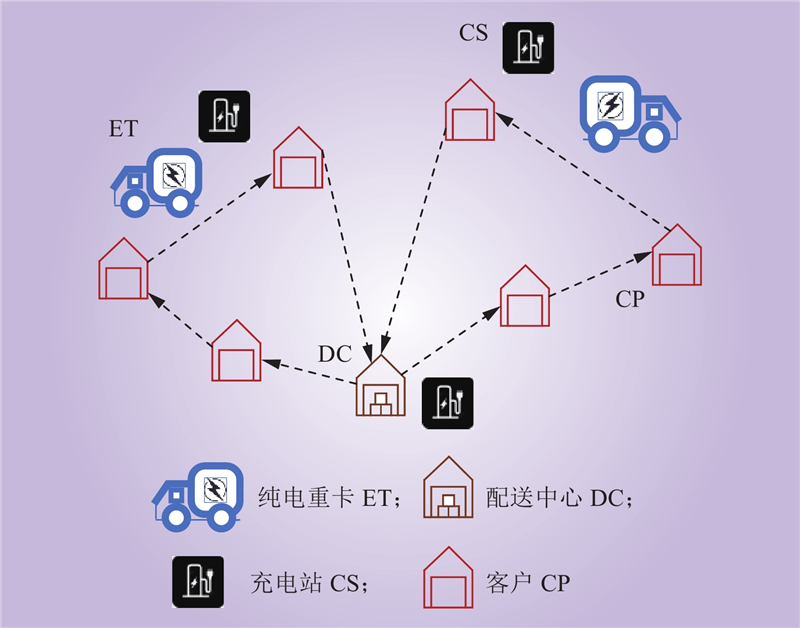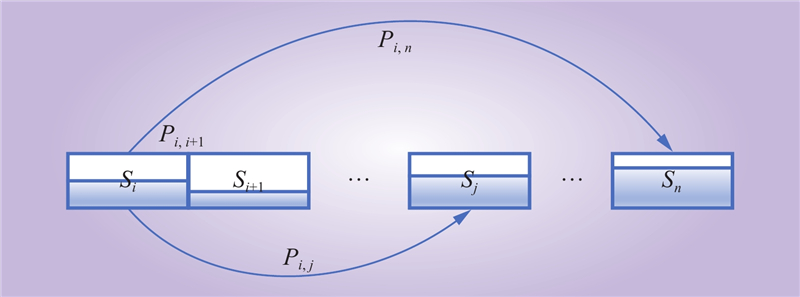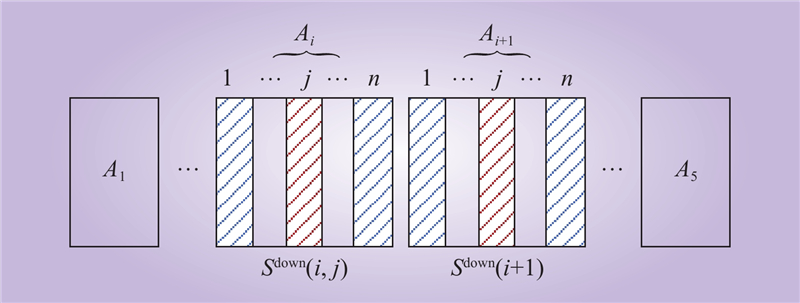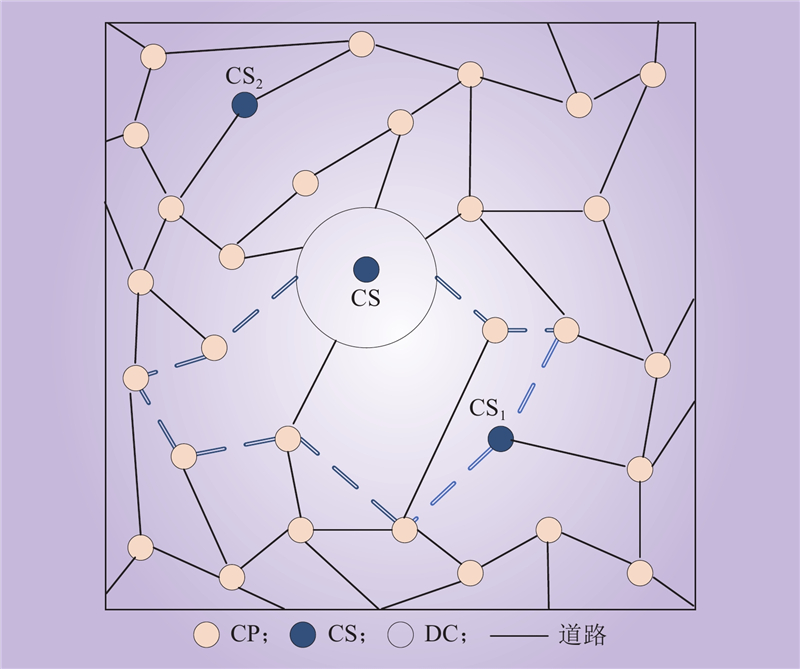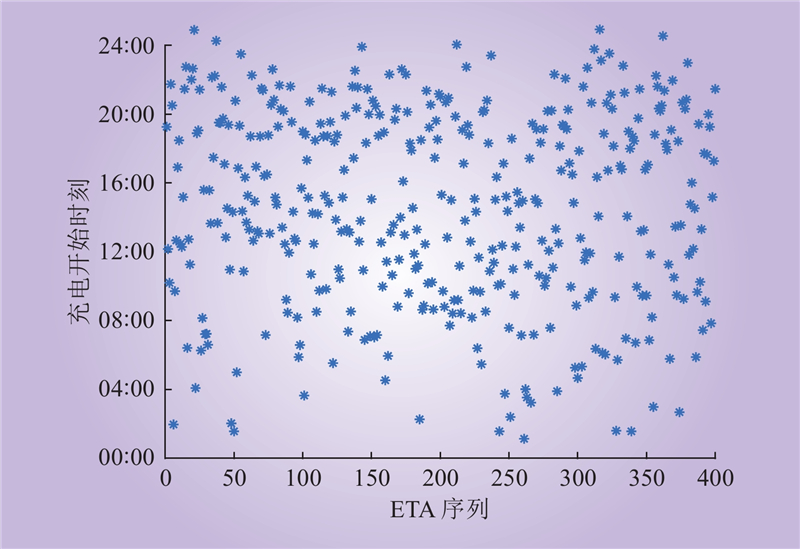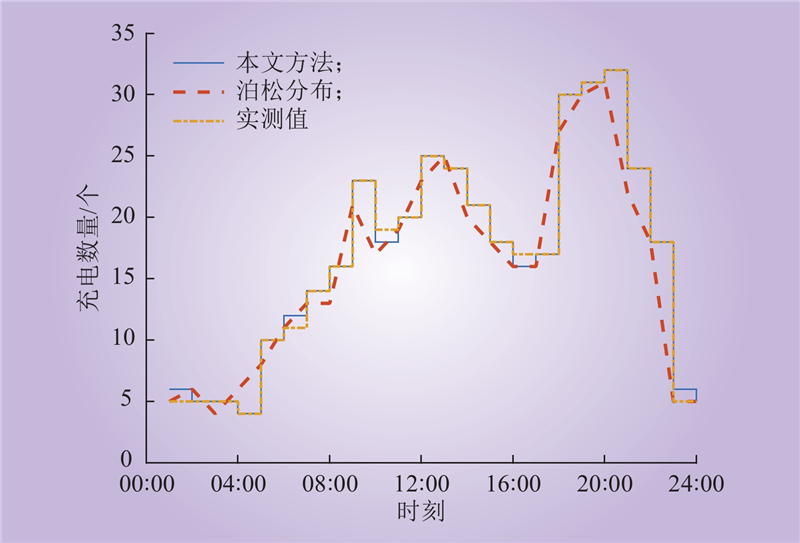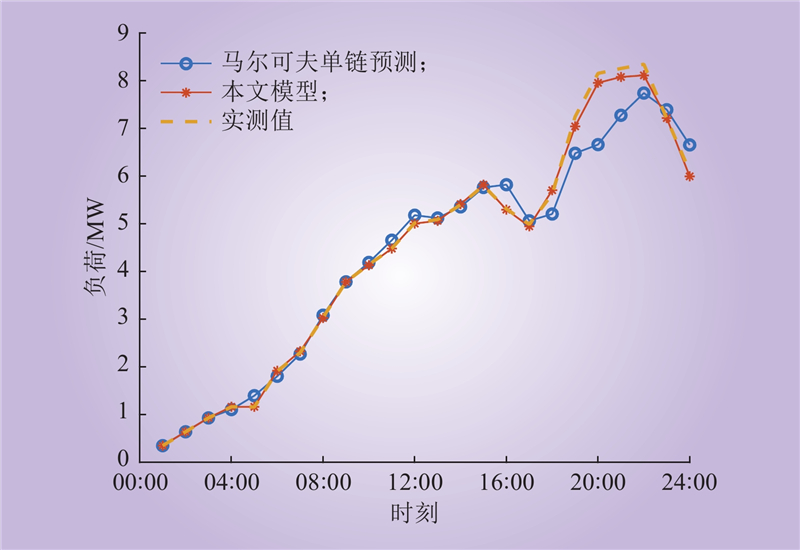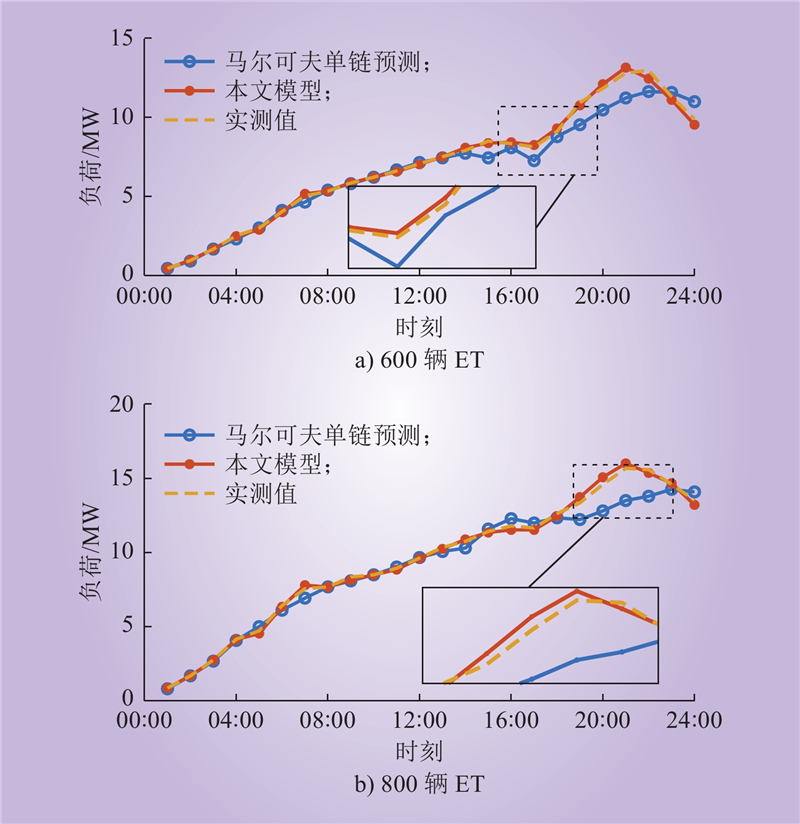| 1 |
彭云, 李相达, 王文渊, 等. 绿色集装箱港口节能减排策略综述[J]. 交通运输工程学报, 2022, 22 (4): 28- 46.
|
|
PENG Yun, LI Xiangda, WANG Wenyuan, et al. Review on energy saving and emission reduction strategies of green container ports[J]. Journal of Traffic and Transportation Engineering, 2022, 22 (4): 28- 46.
|
| 2 |
DUAN X Y, HU Z C, SONG Y H. Bidding strategies in energy and reserve markets for an aggregator of multiple EV fast charging stations with battery storage[J]. IEEE Transactions on Intelligent Transportation Systems, 2021, 22 (1): 471- 482.
DOI
|
| 3 |
LOPEZ K L, GAGNE C, GARDNER M A. Demand-side management using deep learning for smart charging of electric vehicles[J]. IEEE Transactions on Smart Grid, 2019, 10 (3): 2683- 2691.
DOI
|
| 4 |
文家燕, 闻海潮, 程洋, 等. 基于GWO-NSGA-Ⅱ混合算法的露天矿低碳运输调度[J]. 工矿自动化, 2023, 49 (2): 94- 101.
|
|
WEN Jiayan, WEN Haichao, CHENG Yang, et al. Low-carbon transportation scheduling of open-pit mine based on GWO-NSGA-Ⅱ hybrid algorithm[J]. Journal of Mine Automation, 2023, 49 (2): 94- 101.
|
| 5 |
陈蓉珺, 何永秀, 陈奋开, 等. 基于系统动力学和蒙特卡洛模拟的电动汽车日负荷远期预测[J]. 中国电力, 2018, 51 (9): 126- 134.
|
|
CHEN Rongjun, HE Yongxiu, CHEN Fenkai, et al. Long-term daily load forecast of electric vehicle based on system dynamics and Monte Carlo simulation[J]. Electric Power, 2018, 51 (9): 126- 134.
|
| 6 |
余军伟, 孙云莲, 张笑迪. 考虑发展不均衡的电动汽车充电负荷预测[J]. 电测与仪表, 2019, 56 (5): 43- 50.
|
|
YU Junwei, SUN Yunlian, ZHANG Xiaodi. Charging load forecasting considering the unbalanced development of EV[J]. Electrical Measurement & Instrumentation, 2019, 56 (5): 43- 50.
|
| 7 |
赵书强, 周靖仁, 李志伟, 等. 基于出行链理论的电动汽车充电需求分析方法[J]. 电力自动化设备, 2017, 37 (8): 105- 112.
|
|
ZHAO Shuqiang, ZHOU Jingren, LI Zhiwei, et al. EV charging demand analysis based on trip chain theory[J]. Electric Power Automation Equipment, 2017, 37 (8): 105- 112.
|
| 8 |
锁军, 李龙, 贺瀚青, 等. 考虑交通路况的电动汽车充电负荷预测[J]. 电网与清洁能源, 2022, 38 (10): 141- 147.
|
|
SUO Jun, LI Long, HE Hanqing, et al. Load forecasting of electric vehicle charging considering traffic conditions[J]. Power System and Clean Energy, 2022, 38 (10): 141- 147.
|
| 9 |
蒋怡静, 于艾清, 黄敏丽. 考虑用户满意度的电动汽车时空双尺度有序充电引导策略[J]. 中国电力, 2020, 53 (4): 122- 130.
|
|
JIANG Yijing, YU Aiqing, HUANG Minli. Coordinated charging guiding strategy for electric vehicles in temporalspatial dimension considering user satisfaction degree[J]. Electric Power, 2020, 53 (4): 122- 130.
|
| 10 |
刘志强, 张谦, 朱熠, 等. 计及车-路-站-网融合的电动汽车充电负荷时空分布预测[J]. 电力系统自动化, 2022, 46 (12): 36- 45.
|
|
LIU Zhiqiang, ZHANG Qian, ZHU Yi, et al. Spatial-temporal distribution prediction of charging loads for electric vehicles considering vehicle-road-station-grid integration[J]. Automation of Electric Power Systems, 2022, 46 (12): 36- 45.
|
| 11 |
PERTL M, CARDUCCI F, TABONE M, et al. An equivalent time-variant storage model to harness EV flexibility: forecast and aggregation[J]. IEEE Transactions on Industrial Informatics, 2019, 15 (4): 1899- 1910.
DOI
|
| 12 |
JIN Y W, YU B, SEO M, et al. Optimal aggregation design for massive V2G participation in energy market[J]. IEEE Access, 2020, 8, 211794- 211808.
DOI
|
| 13 |
DABBAGHJAMANESH M, MOEINI A, KAVOUSI-FARD A. Reinforcement learning-based load forecasting of electric vehicle charging station using Q-learning technique[J]. IEEE Transactions on Industrial Informatics, 2021, 17 (6): 4229- 4237.
DOI
|
| 14 |
ZHANG X, CHAN K W, LI H, et al. Deep-learning-based probabilistic forecasting of electric vehicle charging load with a novel queuing model[J]. IEEE Trans Cybern, 2021, 51 (6): 3157- 3170.
DOI
|
| 15 |
郄朝辉, 李威, 崔晓丹, 等. 基于分层马尔可夫的可修复稳定控制系统可靠性分析[J]. 中国电力, 2020, 53 (3): 101- 109.
|
|
QIE Zhaohui, LI Wei, CUI Xiaodan, et al. Reliability analysis of repairable stability control system based on hierarchical Markov[J]. Electric Power, 2020, 53 (3): 101- 109.
|
| 16 |
ZHANG Q, CHEN X, LIAO S Y. Energy management control strategy for hybrid energy storage systems in electric vehicles[J]. International Journal of Electrochemical Science, 2022, 17 (1): 220121.
DOI
|
| 17 |
KIANI S, SHESHYEKANI K, DAGDOUGUI H. An extended state space model for aggregation of large-scale EVs considering fast charging[J]. IEEE Transactions on Transportation Electrification, 2023, 9 (1): 1238- 1251.
DOI
|
| 18 |
LIN X Y, ZHANG G J, WEI S S. Velocity prediction using Markov Chain combined with driving pattern recognition and applied to Dual-Motor Electric Vehicle energy consumption evaluation[J]. Applied Soft Computing, 2021, 101, 106998.
DOI
|
| 19 |
ALJOHANI TAWFIQ M, AHMED E, OSAMA M. Real-Time metadata-driven routing optimization for electric vehicle energy consumption minimization using deep reinforcement learning and Markov chain model[J]. Electric Power Systems Research, 2021, 192, 106962.
DOI
|
| 20 |
SHEN H R, WANG Z J, ZHOU X Y, et al. Electric vehicle velocity and energy consumption predictions using transformer and markov-chain Monte Carlo[J]. IEEE Transactions on Transportation Electrification, 2022, 8 (3): 3836- 3847.
DOI
|
| 21 |
DING T, ZENG Z Y, BAI J W, et al. Optimal electric vehicle charging strategy with Markov decision process and reinforcement learning technique[J]. IEEE Transactions on Industry Applications, 2020, 56 (5): 5811- 5823.
DOI
|
| 22 |
董锴, 蔡新雷, 崔艳林, 等. 基于马尔科夫链的电动汽车聚合建模及多模式调频控制策略[J]. 电网技术, 2022, 46 (2): 622- 634.
|
|
DONG Kai, CAI Xinlei, CUI Yanlin, et al. Aggregation modeling based on Markov chain and multi-mode control strategies of aggregated electric vehicles for frequency regulation[J]. Power System Technology, 2022, 46 (2): 622- 634.
|


